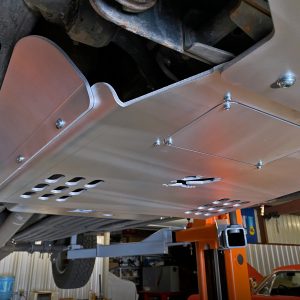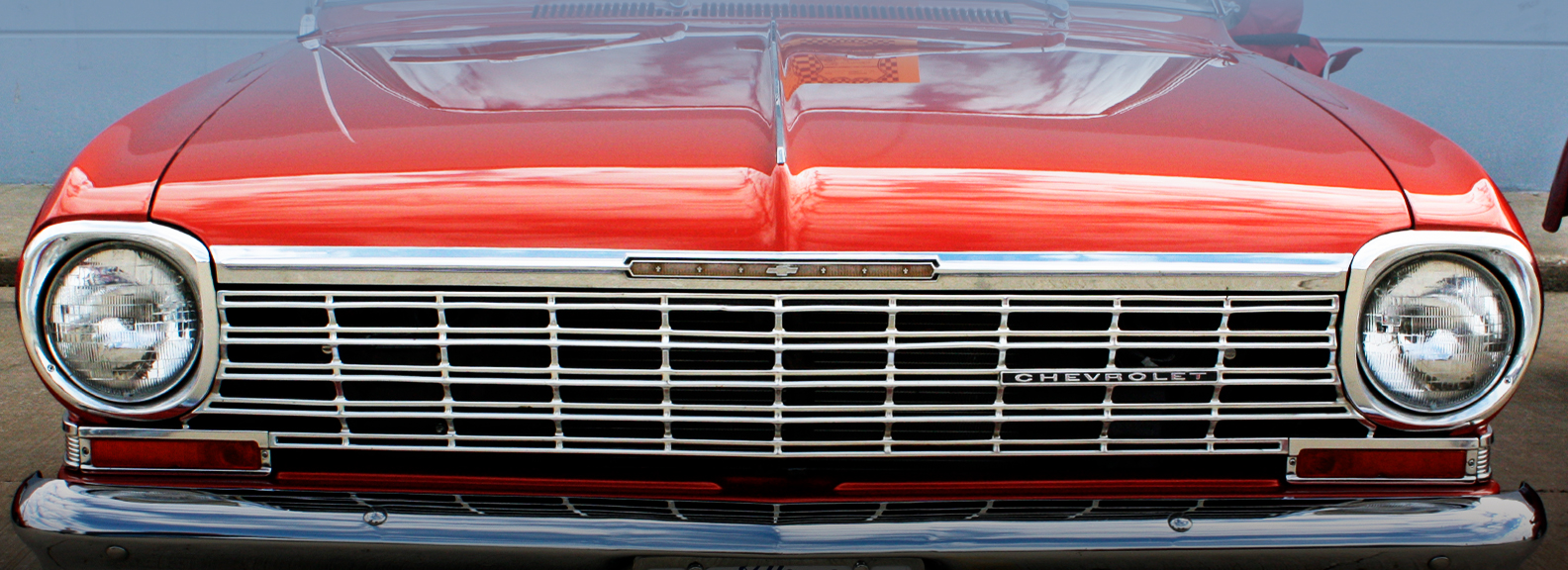Suspension

If you’re wheeling a Jeep Wrangler JL, you know the factory axles are decent for the daily grind—but get rowdy with bigger tires or gnarly trails, and they’ll cry uncle faster than you can say “diff fluid leak.” Enter the Artec Industries APEX Truss, a killer upgrade for your front and rear axles that doesn’t just add strength—it revolutionizes the game.
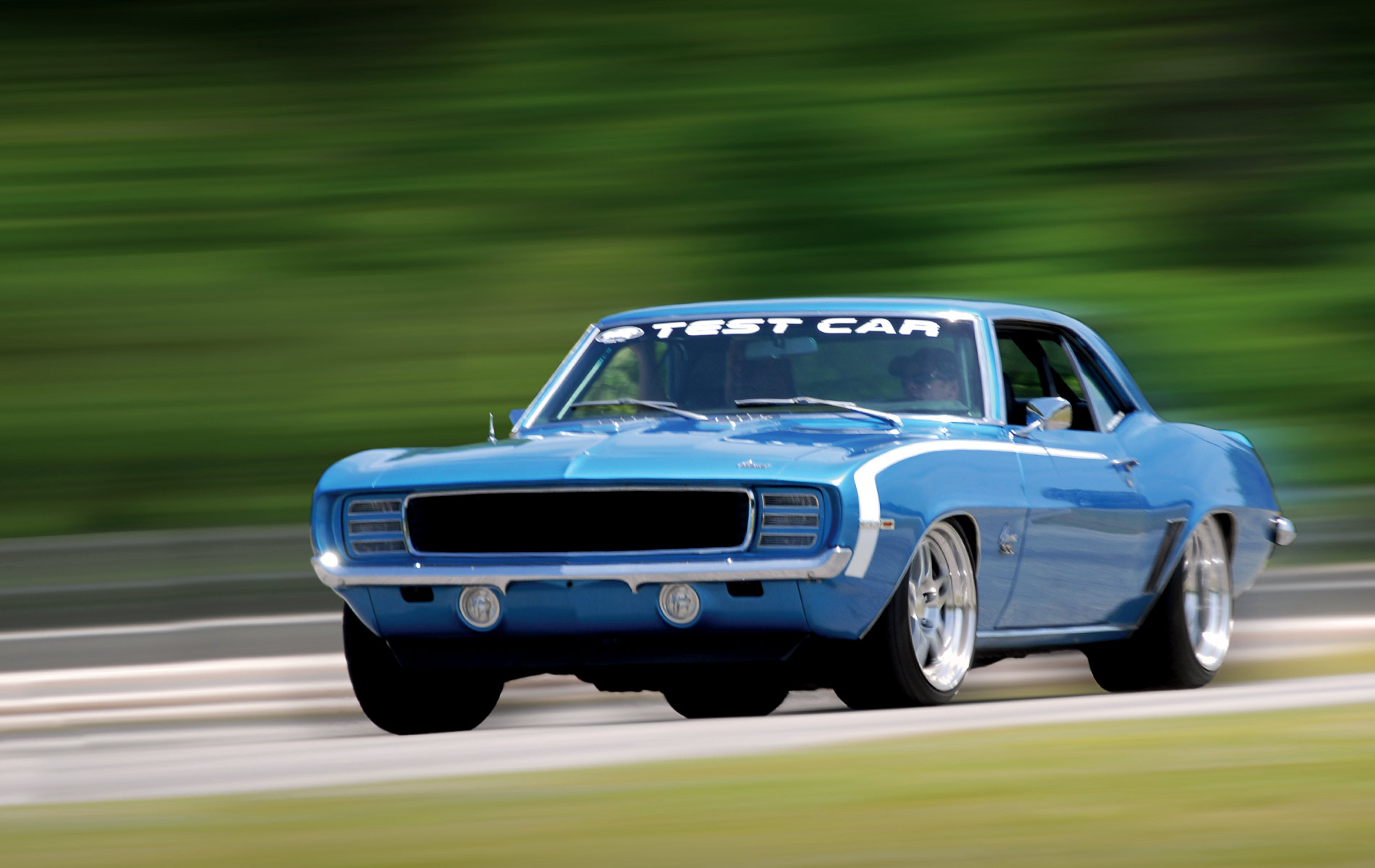
If you’ve attended a Goodguys event in the past couple of years, chances are you’ve seen this blue ’69 Camaro, owned by Stacy Tucker of Detroit Speed & Engineering. The car rarely sits still at a rod run, especially if there’s an autocross event on the grounds—then it’s time to race.

Picture this: cruising down the highway, feeling every bump and dip in the road, but instead of discomfort, you’re met with smooth, controlled handling. That’s exactly what Ridetech’s suspension systems offer – the perfect blend of performance and comfort.
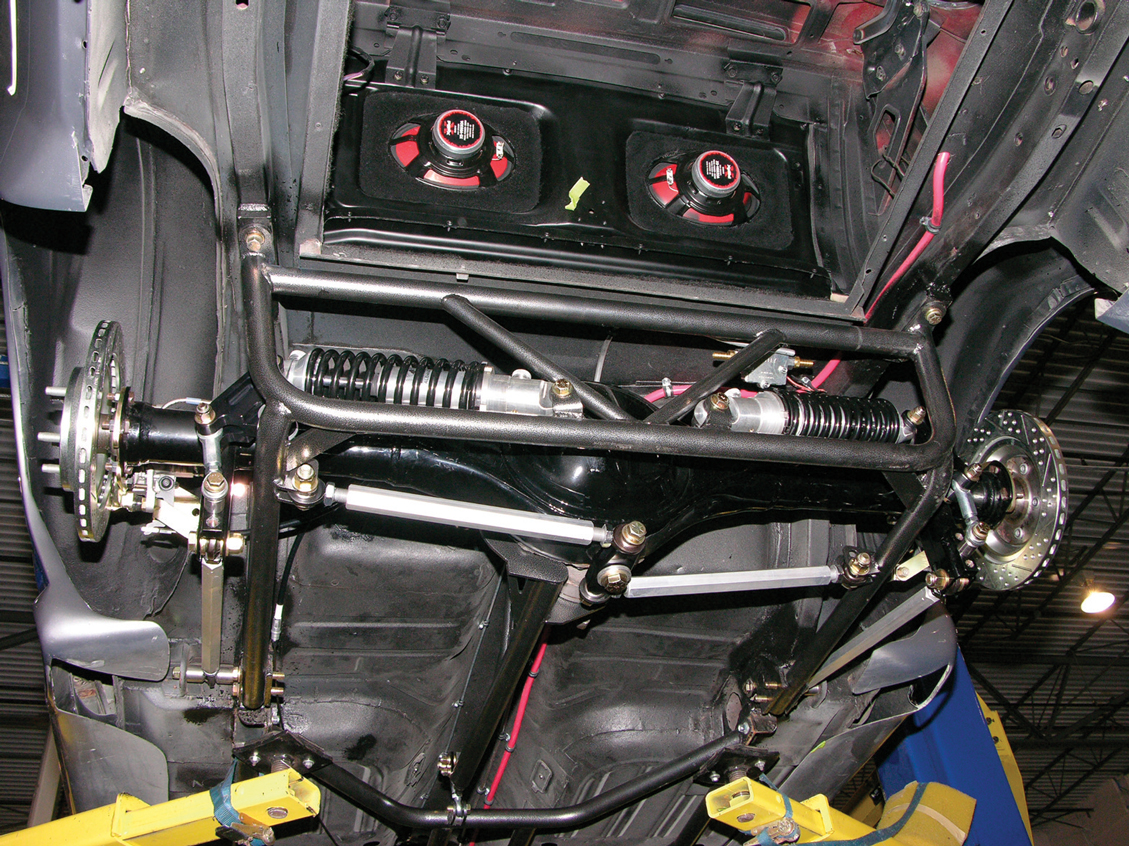
We’ve already tempted and teased our readers with a behind-the-scenes tour of the Unique Performance Shelby continuation cars—the GT 350SR and the GT 500E (Ford Builder, Mar. ’05, page 67). Many of you probably lust after one or both of these cars, but not all of us can afford to purchase one yet. And because of their limited numbers, their prices do, unfortunately, put them out of reach of many of us Ford enthusiasts. That’s the bad news. But there is good news; don’t assume that because you cannot buy a genuine continuation Shelby, you can’t build a car that drives just like one. Unique Performance sells not only the cars as complete packages, but they understand the situation quite clearly and have made available many of the individual parts and assemblies used to build their cars.
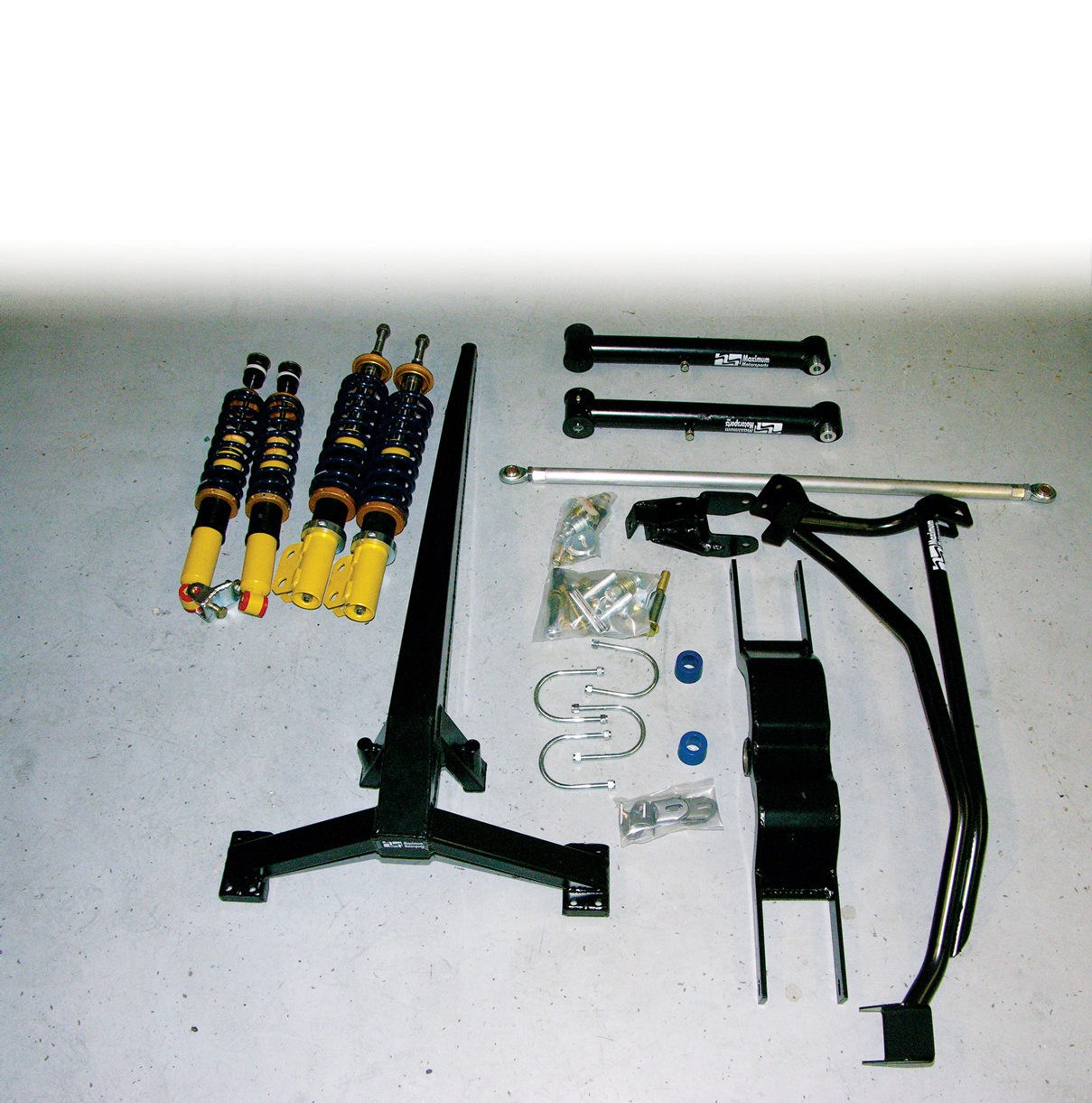
Maximum’s design replaces the upper control arms with a torque arm and a Panhard rod, each of which has only one job rather than two. The Panhard rod centers the axle from side to side, and the torque arm controls pinion angle. Assigning each of these duties to separate components allows each piece to be better at its one job than the stock upper control arms are at either job. The torque arm is essentially a three-link design, and Maximum claims that it improves traction so much that after installation you may have to alter your sway bars to prevent understeer.
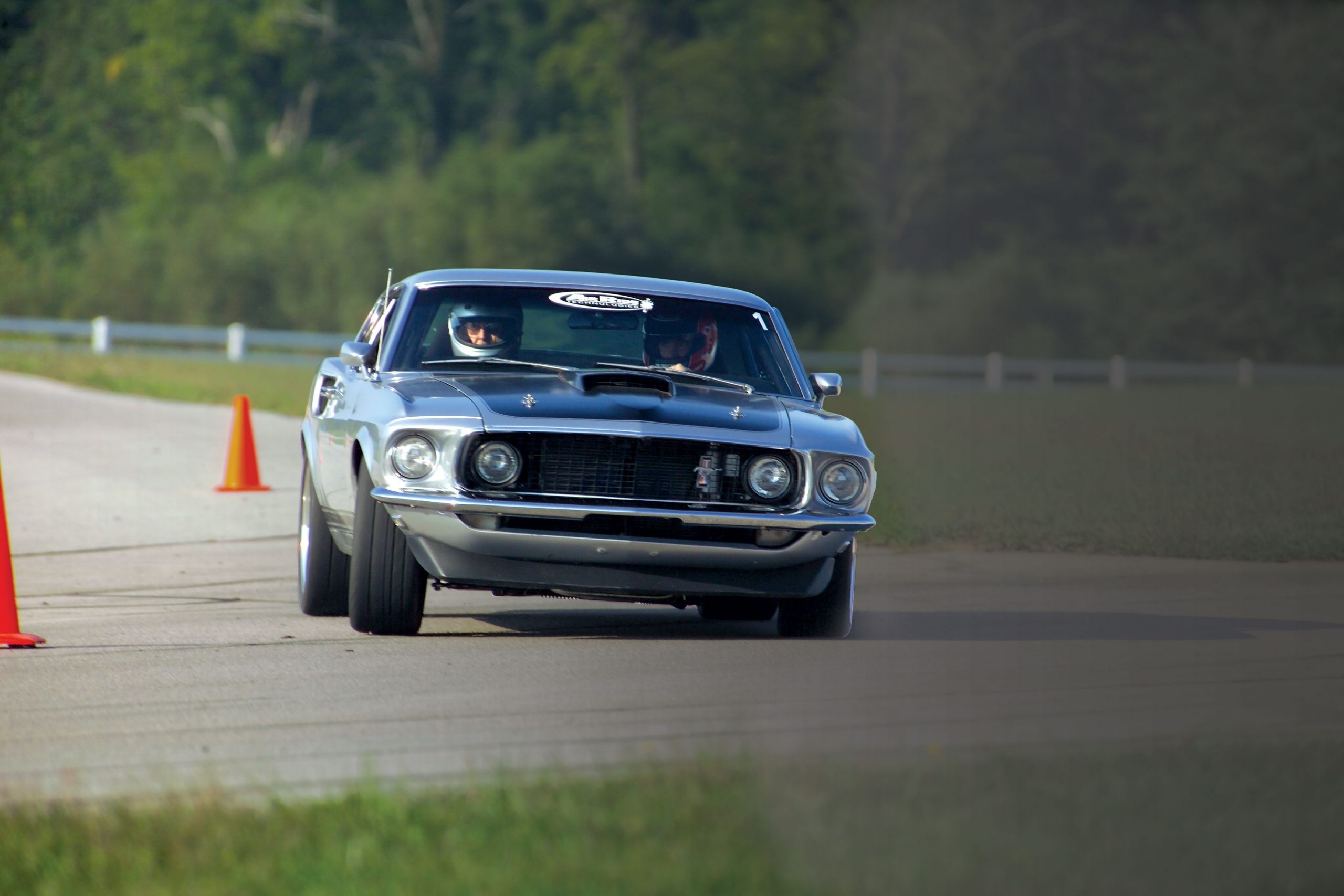
Although modifying a car to handle well can often seem like a black art, virtually every aspect of handling comes down to three things: the weight of the vehicle, the traction generated by the tires, and the distribution of weight on each particular tire at a given moment.
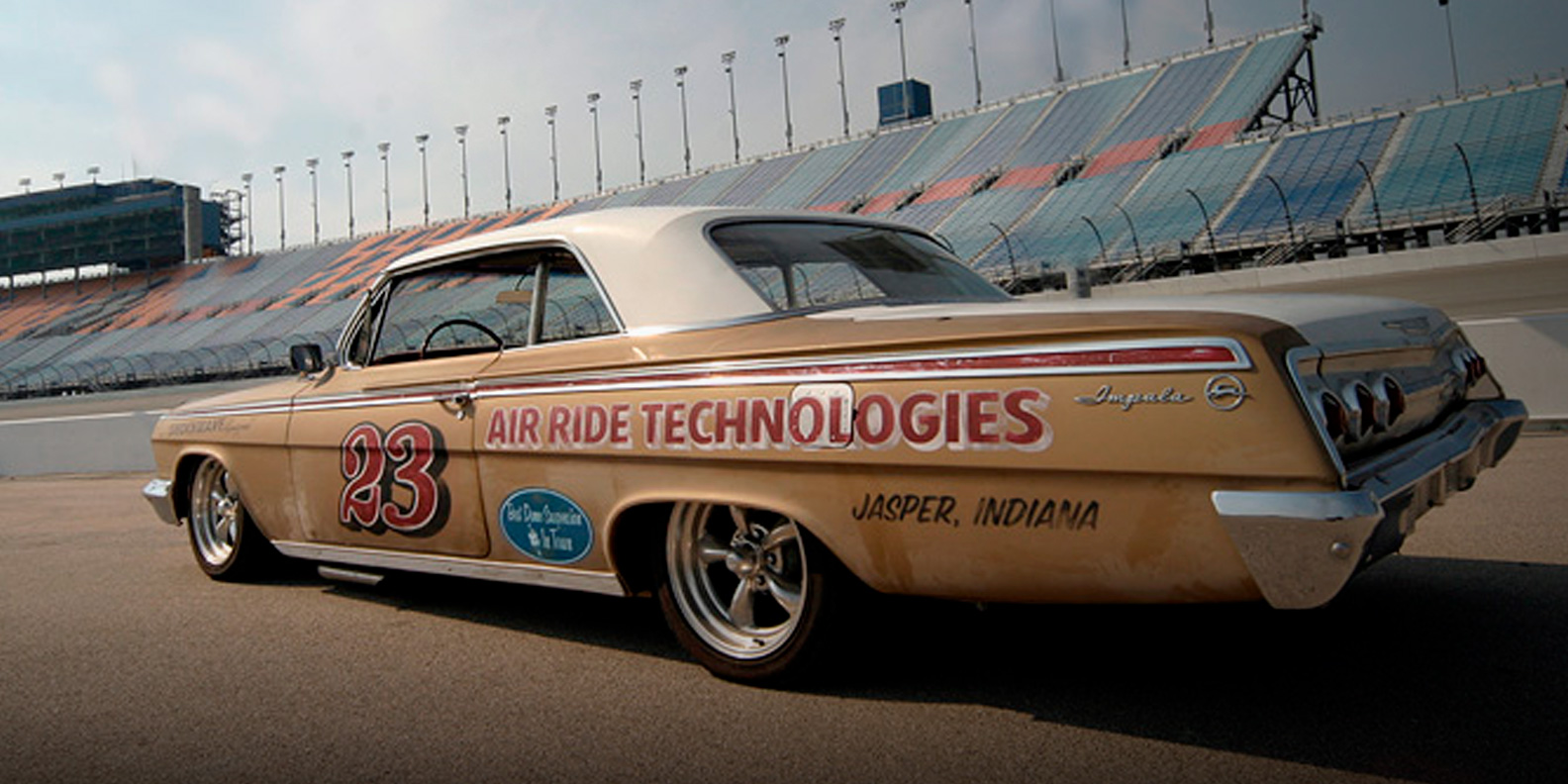
Chevy engineers began using trailing arm and coil spring rear suspension designs back in 1958, and in one form or another, this treatment ran through 1964 without much change. Good news for families but bad news for performance enthusiasts, the crossframe cars were remarkable in that they began an era in which suspensions concentrated more on ride quality than on nimble handling.
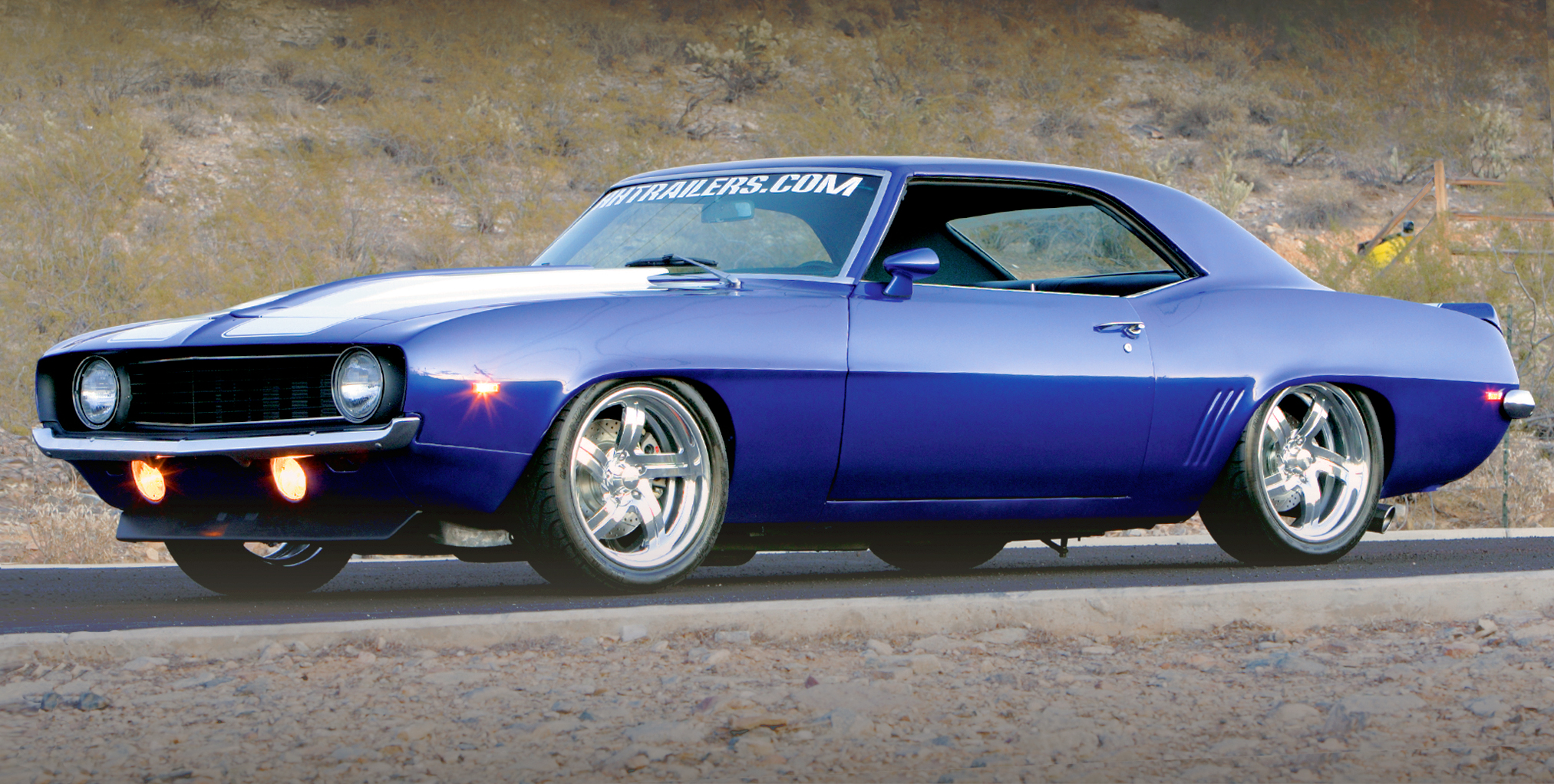
The late ’60s was a good time for automobile enthusiasts everywhere. For Chevrolet specifically, it remains a time when the company produced vehicles that are among the favorites of Bow Tie aficionados. Who wouldn’t want a ’67-’69 Chevy Chevelle, Nova or, of course, the ever-popular Camaro? The design of these vehicles, and many others from that era, has stood the test of time, and car manufacturers today are even reverting back to the styling cues of these classics when designing modern production cars.
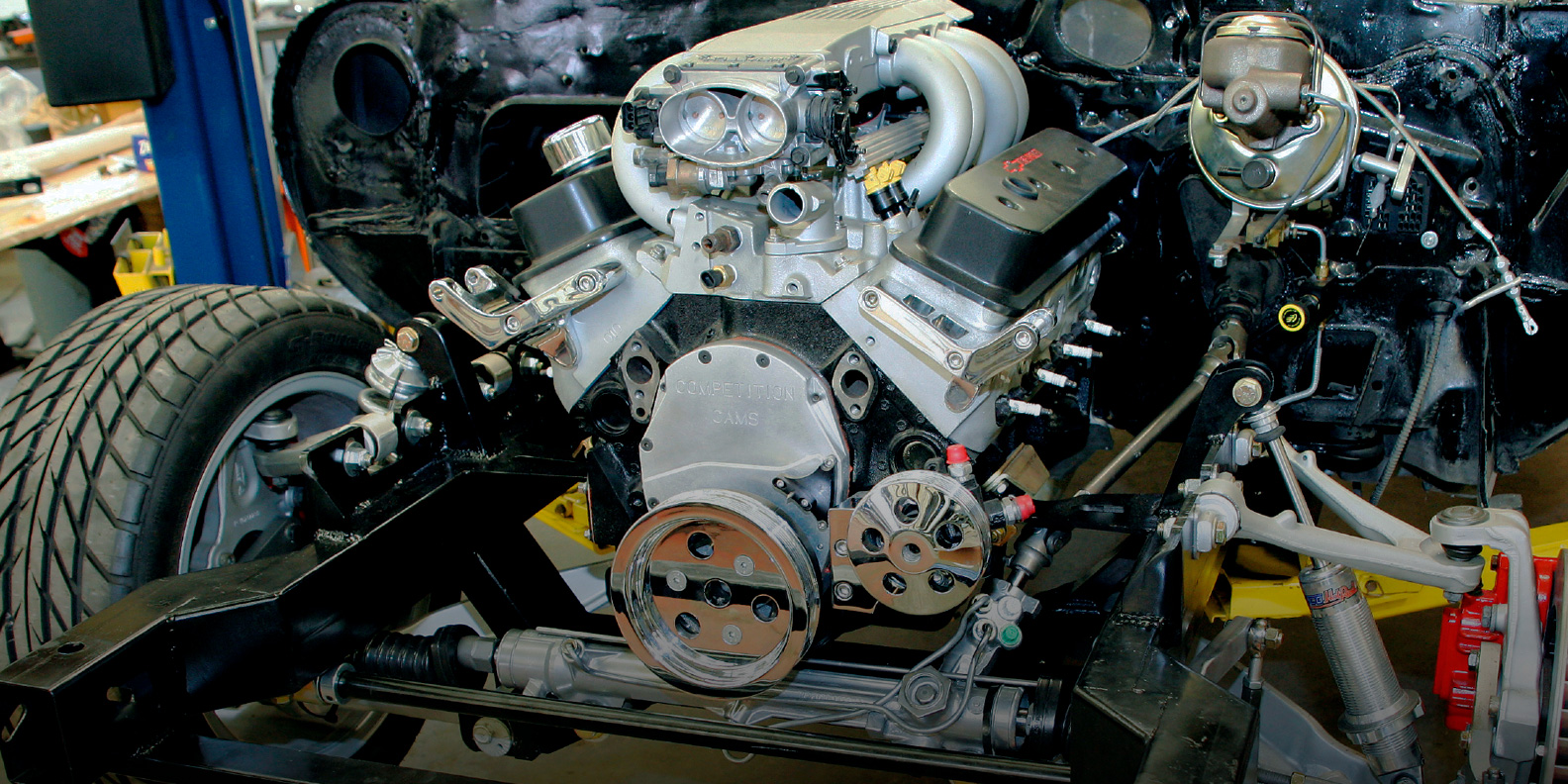
These are great days to be a muscle-car enthusiast. Performance parts are plentiful, new stampings to replace rusted sheetmetal are regularly popping up, and GM’s crate motor program makes it easier than ever to drop in a new power plant that combines incredible power with everyday drivability. Old Camaros or Novas have been passed over because they were saddled with a wimpy six. Now, however, they are the perfect candidates for a heart transplant, namely, in the form of Chevrolet’s marvel of horsepower engineering: the LS1 engine.









